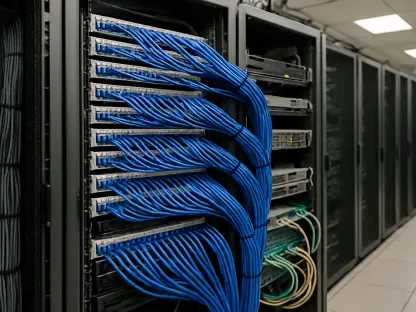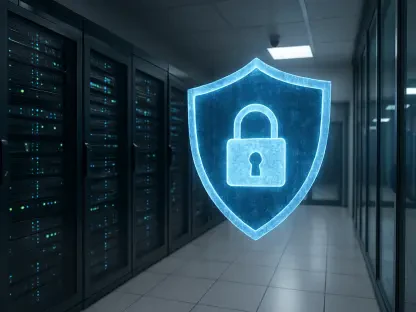Imagine you’re scrolling through social media, effortlessly streaming a high-definition video—except, this time, the magic happens almost instantaneously with no lag. You might think, “Sure, but what’s new?” The transformation that’s making this possible is called edge computing, a game-changer that’s redefining how data is processed and transmitted within networks.
Bridging the Gap Between Users and Data
In a world where data reigns supreme, the quest for faster, more reliable networking solutions has never been more crucial. Edge computing propels us into an era where data doesn’t have to travel vast distances to centralized cloud servers. Instead, it’s processed much closer to where it’s generated and needed. This shift significantly reduces latency and bandwidth usage. Jodi Peters, a network engineer, mentions, “What used to take seconds is now happening in milliseconds. It’s a dramatic leap that opens up a universe of possibilities.”
The Driving Force Behind Smart Cities
Edge computing lays the groundwork for smarter, more responsive urban environments. Consider the smart traffic management systems now operational in major cities. These systems, thanks to edge computing, can analyze traffic patterns, optimize signal timings, and even predict accidents in real-time. This proactive approach makes our cities not just more efficient but safer.
“It’s like giving the city a brain,” says Rohit Sharma, an urban planner. “The quick processing and real-time analytics are transformative. It’s not just smart; it’s intuitive.”
Enhancing IoT Capabilities
The Internet of Things (IoT) has been a buzzword for years, but its true potential is only being realized with edge computing. By decentralizing data processing, devices from wearable tech to industrial sensors can function at optimal efficiency without the inherent delays of cloud-based systems. This instant responsiveness paves the way for innovations in healthcare, manufacturing, and beyond.
Dr. Emily Roberts, a specialist in medical tech, shared her excitement. “Real-time patient monitoring is no longer a future goal but our current reality. Edge computing allows immediate data analysis that’s vital in critical care situations.”
Strengthening Cybersecurity Measures
As data continues to grow exponentially, so do the threats targeting that data. Edge computing offers a superior defense by limiting the exposure of sensitive information. By keeping data closer to its source, it reduces the attack surface. Additionally, it provides enhanced encryption and multi-level security protocols at each touchpoint.
Network security expert Michael Wong states, “The layers of protection edge computing adds are phenomenal. It’s like fortifying a city with multiple gates rather than relying on a single, central barricade.”
Powering Autonomous Vehicles
The road to autonomous driving is fraught with the need for split-second decision-making. Edge computing supports self-driving cars by processing data locally, enabling immediate reactions to dynamic road conditions. This leads not only to improved safety but also to a far superior driving experience.
Samantha Lee, an automotive technology specialist, explains, “When a car can analyze and respond instantly, it’s a game-changer. It’s no longer just driving; it’s navigating intelligently.”
Conclusion: Accelerating into a Networked Future
The strides made with edge computing have been nothing short of revolutionary, transforming how data is managed, analyzed, and utilized. This technology has changed the landscape by making systems faster, more reliable, and incredibly secure. However, the journey is just beginning.
Looking forward, the expansion of edge computing will likely lead to even greater innovation. We should anticipate an influx of IoT advancements, the widespread adoption of smart cities, and continual improvements in various sectors. The promise of real-time data processing is poised to become more embedded in our daily lives, enhancing everything from personal devices to complex industrial systems.
As it continues to evolve, edge computing will undoubtedly introduce a host of new opportunities and challenges. Being ready to harness its potential can ensure that we’re not just keeping up but leading the charge into the next era of networking and beyond.









